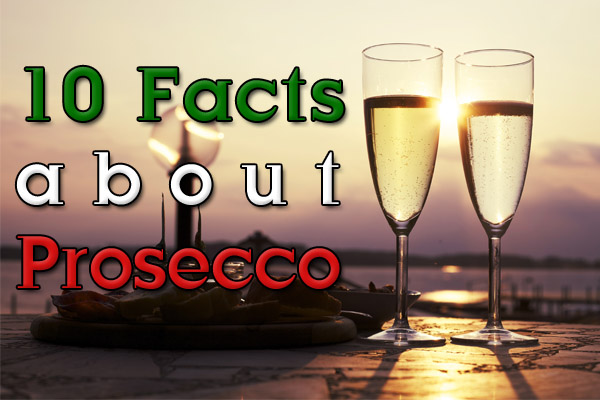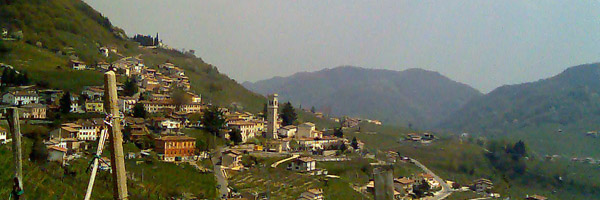You might have noticed over the past couple of years that more and more people are drinking bubbly Prosecco! Whether as an aperitif or part of a Bellini cocktail, this crisp, refreshing and cost-friendly sparkling wine has taken the world by storm, outselling Champagne for the first time in 2013 with 307 million bottles! In fact, Americans imported approximately 2.3 million cases in one year alone–up dramatically from just 500 cases less than a few decades ago.
So for this week’s entry, let’s have a closer look at this delightful Italian wine:
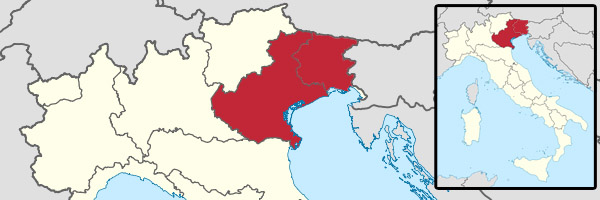
By TUBS [GFDL or CC BY-SA 3.0], via Wikimedia Commons
1. DOC & DOCG Prosecco is produced in the northeastern regions of Friuli-Venezia Giulia & Veneto.
blank
2. The two towns known for Prosecco – Valdobbiadene & Conegliano – are both sheltered by the Alps, making the area near and between them ideal for growing Prosecco grapes.
blank
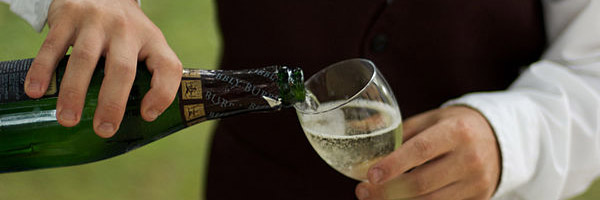
By Jeff Kubina [CC BY-SA 2.0], via Wikimedia Commons
3. Unlike Champagne’s secondary fermentation which takes place in the bottle, Prosecco is fermented in stainless steel tanks, which helps to make it more affordable.
blank
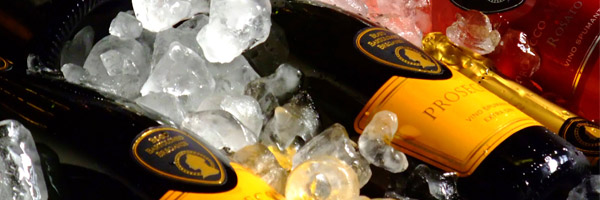
By James Cridland (Flickr: Champagne on ice) [CC BY 2.0], via Wikimedia Commons
4. Prosecco comes in both lightly sparkling or frizzante & fully sparkling or spumante.
blank
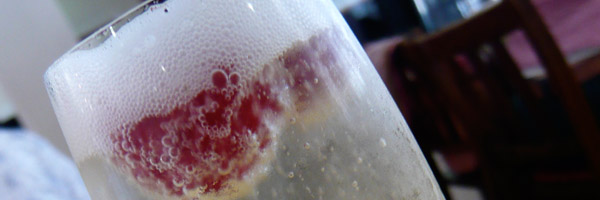
By Jessica Spengler (Flickr: Prosecco with raspberries) [CC BY 2.0], via Wikimedia Commons
5. Prosecco is known for its lower alcohol content (usually 11-12%) and its fruity aromas/flavors that can include apple, peach and apricot.
blank
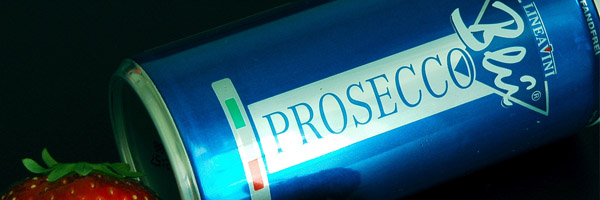
By the_moment (Flickr: prosecco) [CC BY 2.0], via Wikimedia Commons
6. By 2008, nearly 60% of all Prosecco was produced outside its traditional regions in northeastern Italy.
blank
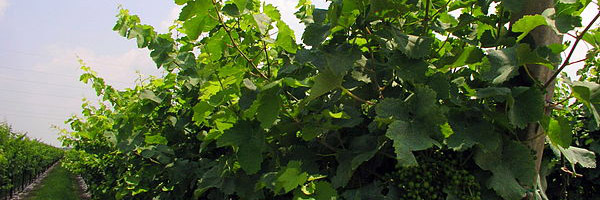
By paul Barker Hemings from seregno, 85 (P6130647) [CC BY-SA 2.0], via Wikimedia Commons
7. That’s because Prosecco was determined by the grape variety and not the place of origin, allowing other countries the right to use the name.
blank
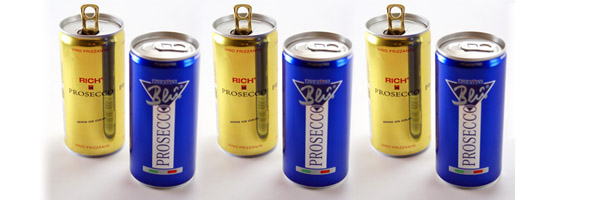
By Sandstein (Own work) [CC BY 3.0], via Wikimedia Commons
8. This worried Italian vintners, who were very concerned that the Prosecco brand was being exploited just as it was starting to take off internationally.
blank
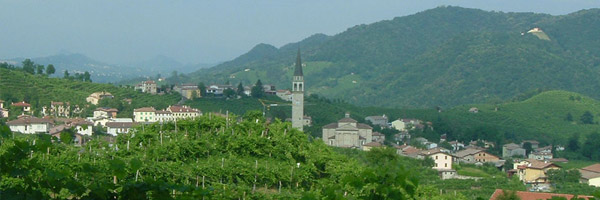
By John W. Schulze from Tejas (Prosecco vineyards) [CC BY 2.0], via Wikimedia Commons
9. So in 2009, the Italian government declared that in order for a wine to be labelled Prosecco, it would have to be produced in a designated region. Because of this decision, the name of the grape was changed from Prosecco to Glera.
blank
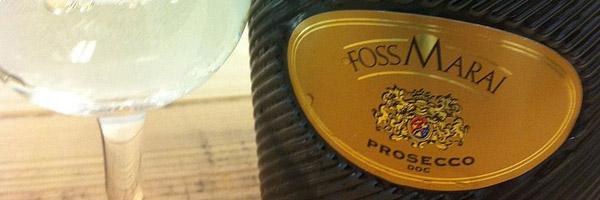
By Agne27 (Own work) [CC BY-SA 3.0], via Wikimedia Commons
10. When buying a bottle, check the label closely. The absolute best Prosecco is made near the hills between Conegliano and Valdobbiadene and will be labelled DOCG (denominazione di origine garantita). Bottles with a DOC on the label mean that they were probably made on the surrounding flats.
Sources:
Cortese, Amy (2008, Dec 26). Italian Makers of Prosecco Seek Recognition. New York Times. Retrieved from http://www.nytimes.com
Ewing-Mulligan, Mary and McCarthy, Ed. Italian Wine for Dummies. Hoboken: Wiley Publishing Inc., 2011.
Faulkner, Jane (2012, Oct 1). Why prosecco is charming the world. Sydney Morning Herald. Retrieved from http://www.smh.com.au
Kapadia, Milanee (2014, Nov 24). Prosecco tops Champagne in bubbly sales. Yahoo Finance. Retrieved from http://finance.yahoo.com
Kinssies, Richard (2002, Jul 9). On Wine: Proseccos sparkle on their own terms. Seattle Post-Intelligencer. Retrieved from http://seattlepi.com
McCoy, Elin (2015, Feb 25). How to Find Prosecco That Isn’t Terrible. Bloomberg Business. Retrieved from http://www.bloomberg.com
Nowak, Barabara and Wichman, Beverly. The Everything Wine Book: From Chardonnay to Zinfandel, All You Need to Make the Perfect Choice. Avon: Adams Media, 2005.
You might also like:
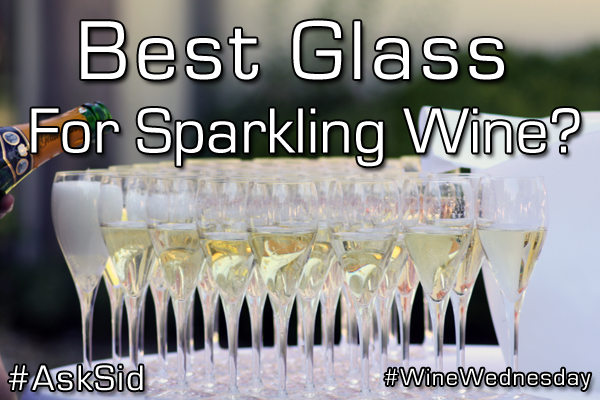 |
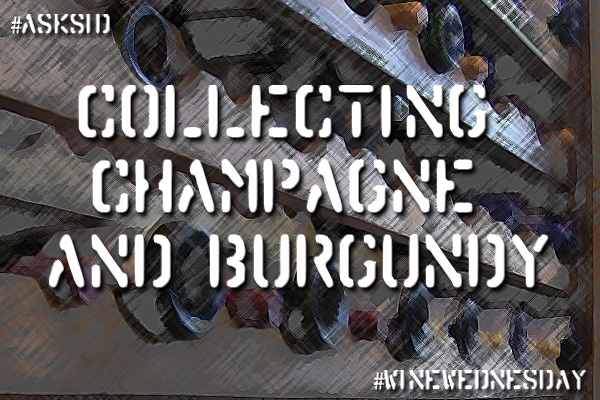 |
 |
